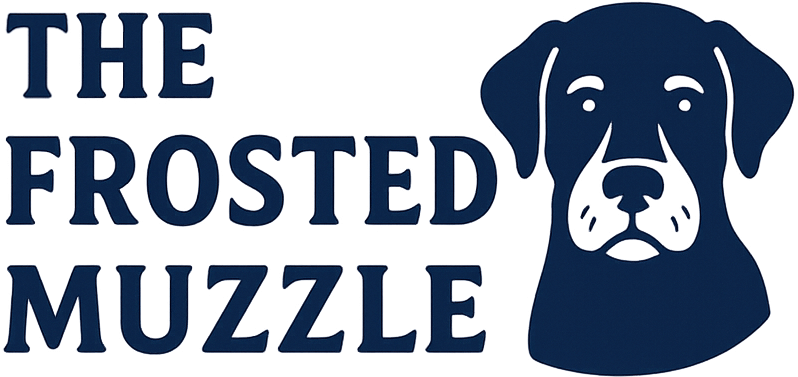Table of Contents
As dogs get older, their energy levels start to shift. Those endless games of fetch might slow down, and they may prefer a cozy nap over a sprint around the yard. But just because your senior dog is aging doesn’t mean they’re ready to retire from fun. They still need mental and physical stimulation to stay healthy and happy. You just have to adjust the pace.
Here are some gentle, low-impact activities to help your senior dog stay engaged while keeping their joints and body safe.
Strolls with a Purpose
Long hikes may be a thing of the past, but short, leisurely walks can still bring your dog joy. Let your pup sniff around, explore new smells, and take their time. Walks don't need to be long to be beneficial. Even a 10-minute walk twice a day can lift your dog’s mood and provide valuable exercise.
Indoor Treasure Hunts
Hide small treats or favorite toys around the house and let your dog go on a mini adventure. It’s a simple way to stimulate their brain and encourage gentle movement. Choose hiding spots that are easy to access so they don’t have to jump or strain.
Canine Massage and Stretching
A massage isn't just relaxing for humans. Dogs love it too—especially seniors with stiff joints. Gentle massage improves circulation and helps with mobility. You can also ask your vet or a certified canine therapist for some easy stretches you can do at home. Many dogs learn to look forward to these quiet bonding moments.
Puzzle Toys for Mental Exercise
Mental workouts are just as important as physical ones. Puzzle toys that dispense treats or require your dog to lift flaps or slide pieces around can provide engaging brain games without any stress on the body. Be sure to choose puzzles that are appropriate for your dog’s ability level to avoid frustration.
Swimming (If They Enjoy It)
Swimming can be an excellent low-impact exercise for dogs with arthritis or joint pain. It builds strength and keeps their heart healthy. Some senior dogs naturally take to the water, while others may need encouragement. Always supervise swim sessions and consider using a dog life vest, especially if their stamina has decreased.
Couch Cuddles and "Talk Time"
Sometimes, the best activity is simply being together. Set aside quiet time where you cuddle, pet, or talk to your dog. Dogs often thrive on attention, and for older dogs, these slow moments can mean everything. You can even play calming music or read out loud—they might not understand every word, but they’ll love the sound of your voice.
Training Old Dogs New Tricks
Contrary to the old saying, senior dogs can absolutely learn new things. Keep training sessions short, gentle, and rewarding. You can teach simple tricks like “touch,” “spin,” or “give paw.” These low-impact commands keep your dog mentally sharp and help strengthen your bond.
Let Them Set the Pace
The most important thing is to let your dog guide the way. Some seniors are more energetic than others. Watch their body language, respect their limits, and celebrate the little wins—like a tail wag, a curious sniff, or a comfortable nap after a good day.
Aging doesn’t mean slowing down entirely. With the right activities and a bit of creativity, your senior dog can enjoy a joyful, engaged life filled with comfort, love, and moments that matter.

